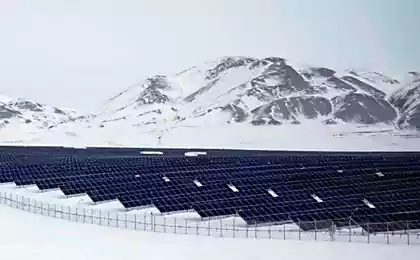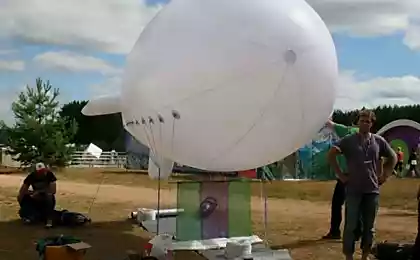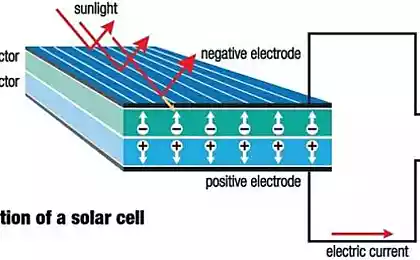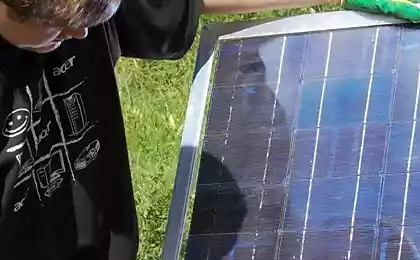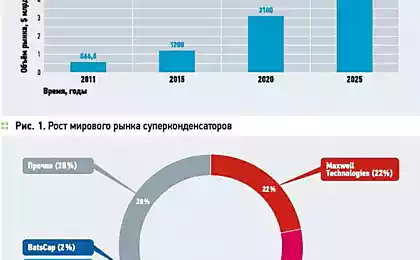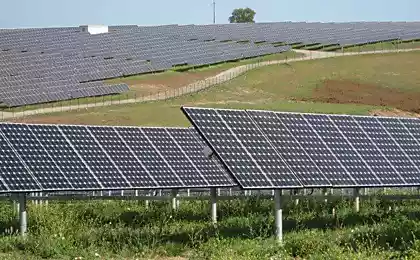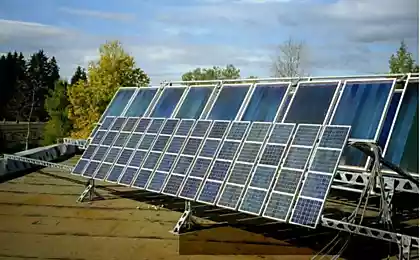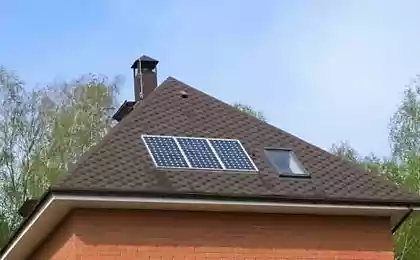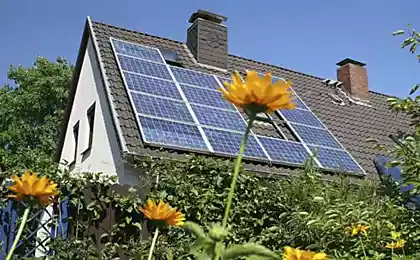194
Solar-powered paint could make renewable energy more affordable
Innovative solar panels
Researchers at the University of Toronto have made a breakthrough on the way to creating cheaper and more flexible solar cells that can be used by millions of people around the world. Renewable energy will be available to everyone.
Innovative solar panels
The team developed nanoparticles called “colloidal quantum dots” that do not lose their electrons when in contact with air. The new material achieves a solar energy conversion efficiency of up to eight percent and can be applied with paint or printed on surfaces such as roofing. The breakthrough also provides better sensors, infrared lasers, infrared light-emitting diodes and satellites.
Innovative solar panels
Colloidal quantum dots are able to absorb more sunlight because researchers have developed a material that protects an electron-rich n-type semiconductor into an electron-poor p-type semiconductor when in contact with air. The n-type material makes solar cells more efficient.
Innovative solar panels
“It’s an innovative material, it’s the beginning of a great journey, and with this new material we will be able to build innovative solar-powered device structures.” Yodide turned out to be an almost perfect ligand (binding molecule) for these quantum solar cells. Such high efficiency and stability in the open air has not previously demonstrated any materials, said after defending his doctoral thesis researcher Zhijun Ning, who led the research team together with Professor Ted Sargent. Their results were recently published in the scientific journal Nature Materials.
Innovative solar panels
Maybe homeowners will one day just start painting cheap solar panels on their roofs instead of installing expensive and complex solar panel complexes. This reality is probably not from the realm of fiction and is in the foreseeable future. This kind of research will eventually reach the commercial level.
Source: www.ecobyt.ru/
Bright cellulose film — an alternative to toxic dyes
The advent of the Internet was predicted in 1895



